while reading this lecture I have read this slide 
and can't imagine why forwarding to Id stage is pointeless while I saw other resource with the following design which does the opposite of proposed design
and I want comprehend if there is good or bad approach regarding this concept as I think both of can work while in most references and text books seem to be like the first one but they need to forward to ID stage when branch hazards occur and I wonder why the other forwards needs to be in EX stage and just move all of them to ID with branch forwards Ruther than adding extra multiplexers and signals
source 1 : https://www.cs.cornell.edu/courses/cs3410/2012sp/lecture/10-hazards-i.pdf
source 2 : https://faculty.kfupm.edu.sa/coe/mudawar/coe233/lectures/13-PipelinedProcessorDesign.pdf
source 3: Harris book and same design in Hennessy book

